OVERVIEW
The global market size for digital process automation is projected to reach USD 13.22 billion by 2024, rising by 12.9% over the forecast period. Several factors expected to drive the market include the integration of Artificial Intelligence (AI) and Machine Learning (ML) technologies with digital process automation solution, business-priority demand for IT resources, and enhanced IT systems to meet the dynamic needs of customers.
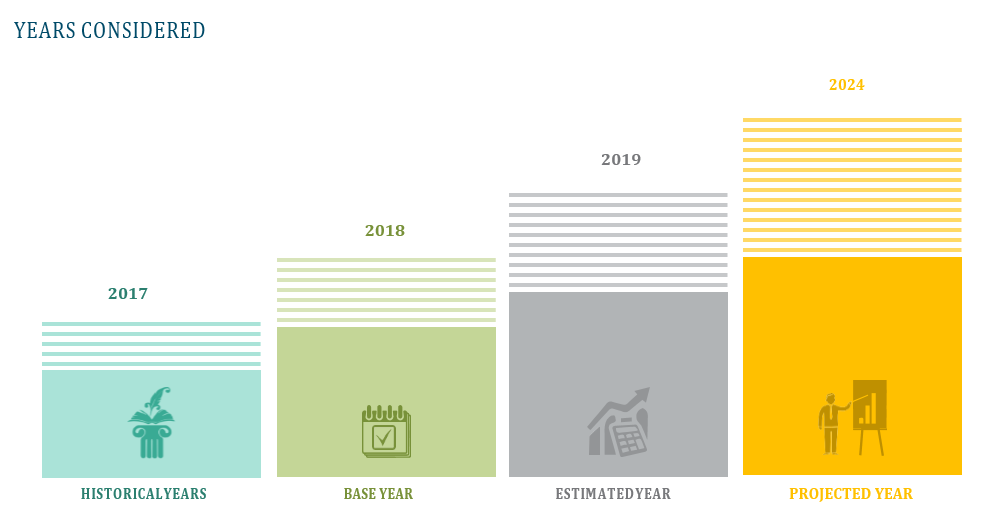


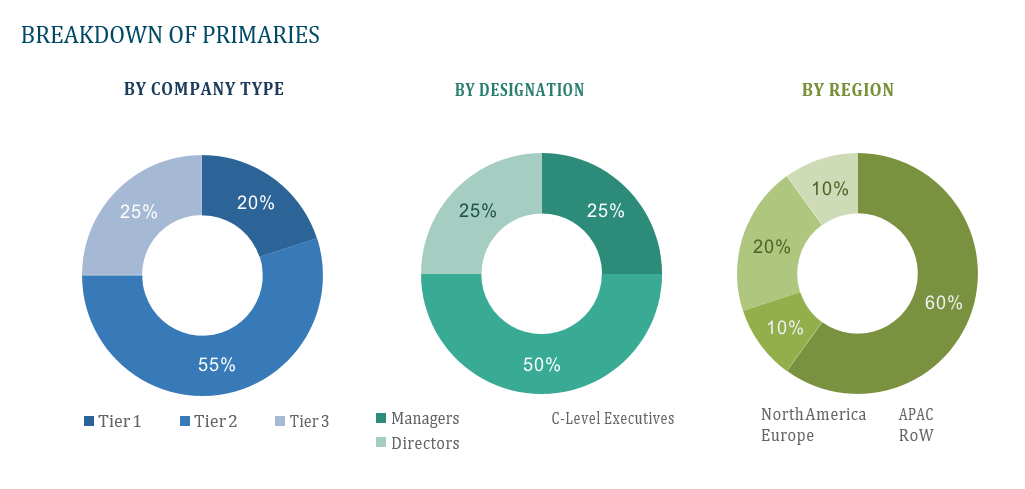
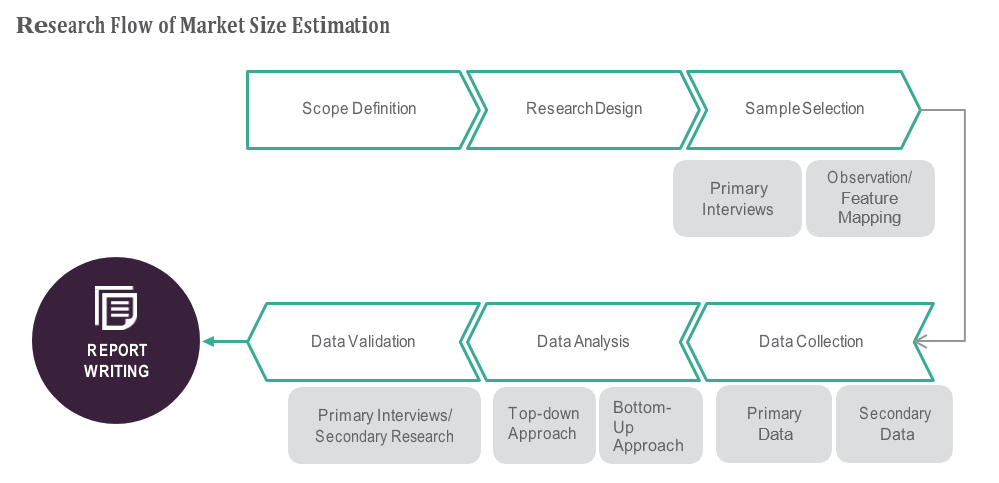

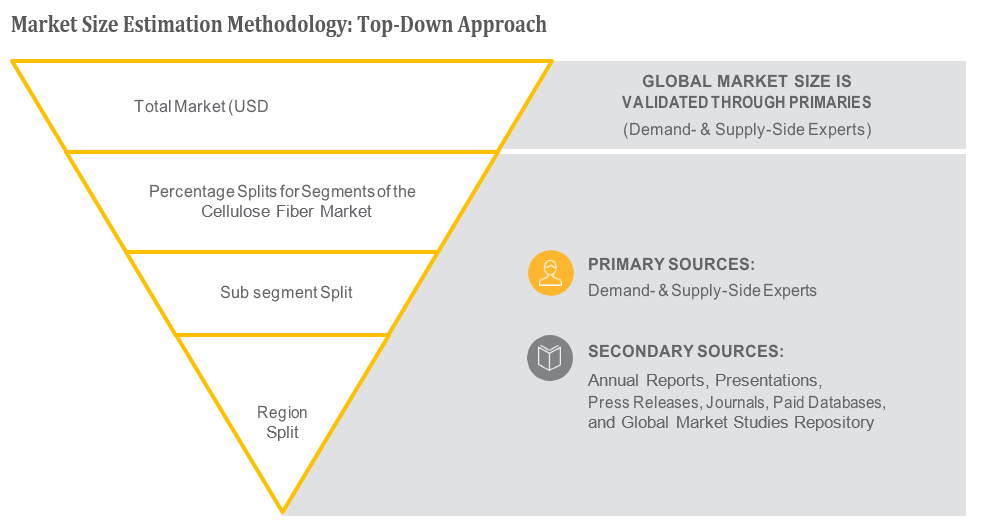
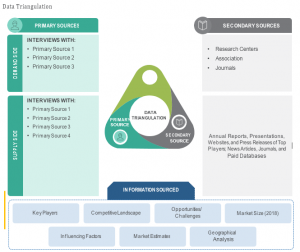
TABLE OF CONTENT
1 Global Digital Process Automation Market
1.1 Study Objectives
1.2 Market Definition
1.3 Study Scope
1.3.1 Markets Covered
1.3.2 Geographic Scope
2 RESEARCH METHODOLOGY
2.1 Research Data
2.1.1 Secondary Data
2.1.1.1 Key Data From Secondary Sources
2.1.2 Primary Data
2.1.2.1 Key Data From Primary Sources
2.1.2.2 Key Industry Insights
2.1.2.3 Breakdown of Primaries
2.2 Market Size Estimation
2.2.1 Bottom-Up Approach
2.2.2 Top-Down Approach
2.3 Market Breakdown and Data Triangulation
2.4 Research Assumptions
3 Global Digital Process Automation Market – Executive Summary
3.1 Market Revenue, Market Size and Key Trends by Company
3.2 Key Trends by type of Application
3.3 Key Trends segmented by Geography
4 Global Digital Process Automation Market – Comparative Analysis
4.1 Product Benchmarking – Top 10 companies
4.2 Top 5 Financials Analysis
4.3 Market Value split by Top 10 companies
4.4 Patent Analysis – Top 10 companies
4.5 Pricing Analysis
5 Global Digital Process Automation Market – Industry Market Entry Scenario
5.1 Regulatory Framework Overview
5.2 New Business and Ease of Doing business index
5.3 Case studies of successful ventures
5.4 Customer Analysis – Top 10 companies
6 Global Digital Process Automation Market – Market Forces
6.1 Introduction
6.2 Market Dynamics
6.2.1 Drivers
6.2.2 Opportunities
6.2.3 Challenges
6.3 Porters Analysis of Market
6.3.1 Bargaining power of suppliers
6.3.2 Bargaining powers of customers
6.3.3 Threat of new entrants
6.3.4 Rivalry among existing players
6.3.5 Threat of substitutes
7 Global Digital Process Automation Market – Strategic Analysis
7.1 Value Chain analysis
7.2 Product Life Cycle
7.3 Supplier and distributor analysis (Market share and product dealing strategies)
8 Global Digital Process Automation Market – By Component (Market Size – & million/billion)
8.1 Services
8.2 Solution
9 Global Digital Process Automation Market – By Deployment Mode
9.1 On-Premises
9.2 Cloud
10 Global Digital Process Automation Market – By Organization Size
10.1 SMEs
10.2 Large Enterprises
11 Global Digital Process Automation Market – By Business Function
11.1 Sales Process Automation
11.2 Supply Chain Automation
11.3 Claims Automation
11.4 Marketing Automation
12 Global Digital Process Automation Market – By Vertical
12.1 Manufacturing
12.2 Energy & Utility
12.3 Retail
12.4 BFSI
12.5 Healthcare
12.6 Telecom & IT
12.7 Transport & Logistics
12.8 Others
13 Global Digital Process Automation Market – By Geography (Market Size – &
million/billion)
13.1 Introduction
13.2 North America
13.2.1 US
13.2.2 Canada
13.2.3 Mexico
13.3 Europe
13.3.1 U.K
13.3.2 Germany
13.3.3 Italy
13.3.4 France
13.3.5 Spain
13.3.6 Rest of Europe
13.4 Asia-Pacific
13.4.1 China
13.4.2 Japan
13.4.3 India
13.4.4 South Korea
13.4.5 Rest of APAC
13.5 Rest of the World
13.5.1 South America
13.5.2 Middle East
13.5.3 Africa
14 Global Digital Process Automation Market – Entropy
14.1 New product launches
14.2 M&A’s, collaborations, JVs and partnerships
15 Global Digital Process Automation Market Company Profile (Key Players)
15.1 Market Share, Company Revenue, Products, M&A, Developments
15.2 IBM
15.3 Pegasystems
15.4 Appian
15.5 Oracle
15.6 Infosys
15.7 Cognizant
15.8 Software AG
15.9 Dxc Technology
15.10 DST Systems
15.11 Opentext Corporation
15.12 Company 11 & more
16 Global Digital Process Automation Market – Appendix
16.1 Sources
16.2 Abbreviations











